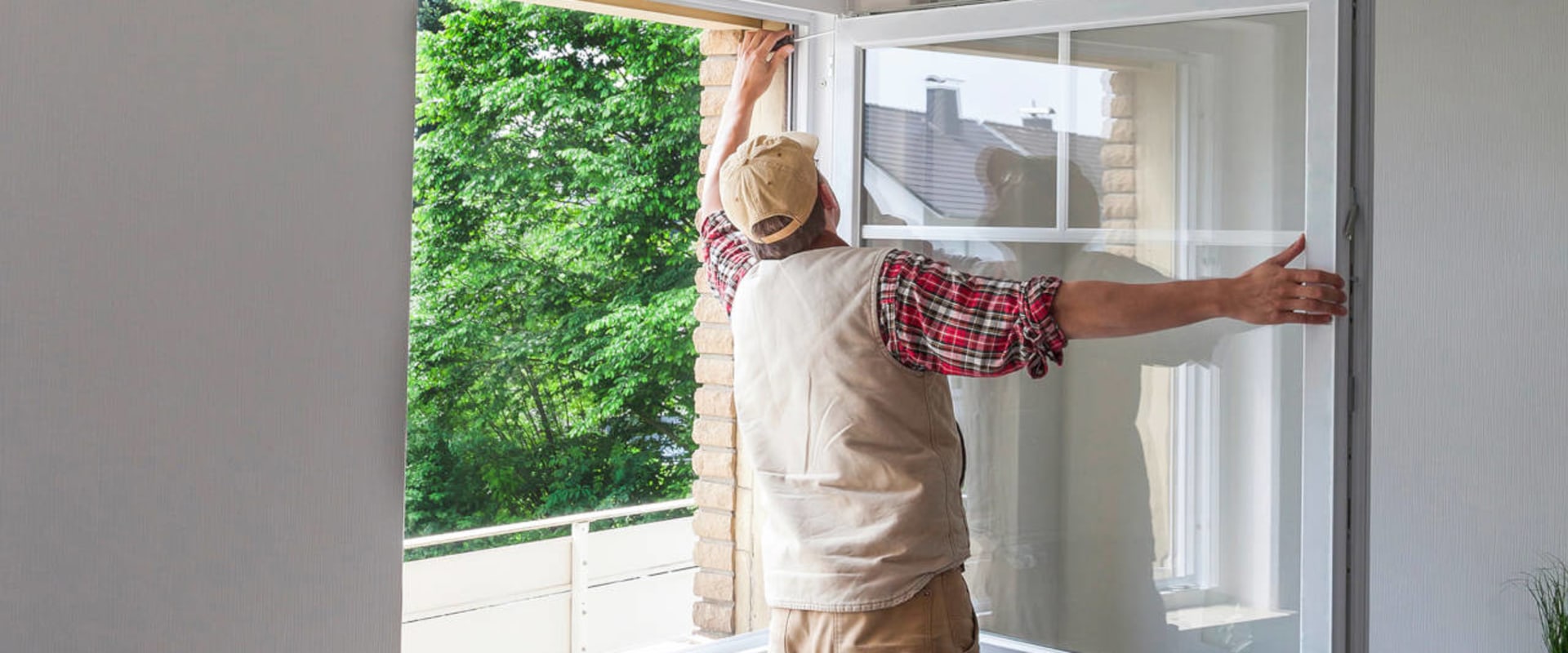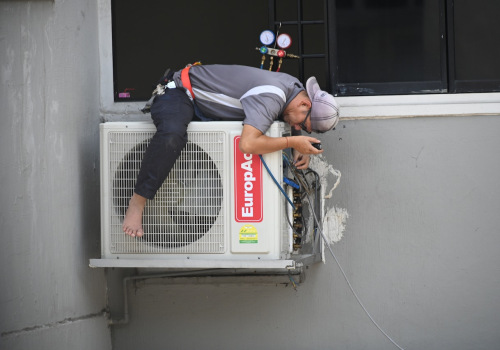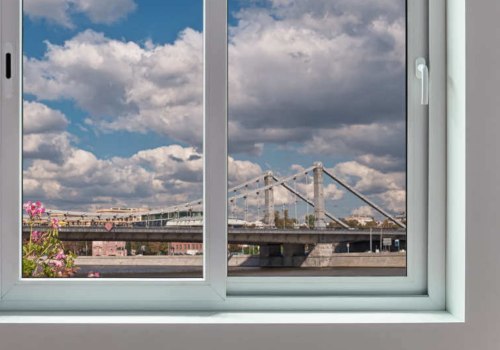The cost of replacing a home window can vary widely based on several factors, making it a question with no one-size-fits-all answer. Understanding these factors and how they influence the overall cost is essential for homeowners considering this type of home improvement.
Firstly, the type of window being installed is a significant cost determinant. Prices differ markedly between standard single-hung windows and more sophisticated options like bay or bow windows. The material of the window frame also plays a crucial role in pricing. Vinyl frames are generally more affordable than wood or fiberglass, but each material offers different benefits in terms of durability, maintenance, and aesthetic appeal. The glass type, whether it’s single, double, or triple-glazed, also impacts the cost, with more layers offering better insulation but at a higher price.
The size of the window is another critical factor. Larger windows require more material and labor, which naturally increases the cost. Custom sizes or shapes can further add to the expense, as they often necessitate additional labor and expertise to install.
Labor costs can vary significantly depending on the region and the complexity of the installation. In more complex cases, such as when replacing an old window with a new model of a different size or style, additional construction work might be needed to prepare the opening, which can increase the overall cost. For those living in Missouri, specifically seeking window work replacement - St. Charles for a localized service can provide a more accurate estimate based on regional labor costs and material availability.
Additional elements like the need for energy-efficient, low-E coatings or argon gas filling in double or triple-glazed windows can also influence the total cost. These features, while increasing upfront costs, can lead to long-term savings in energy bills, making them a wise investment for many homeowners.
Moreover, the cost can be affected by the existing window condition. If the existing frame and sill are in good condition, a retrofit (or insert) installation may be possible, which is generally less expensive than a full-frame replacement. However, if there is significant rot or structural issues, a full-frame replacement, which involves replacing the entire window and its frame, will be necessary and more costly.




